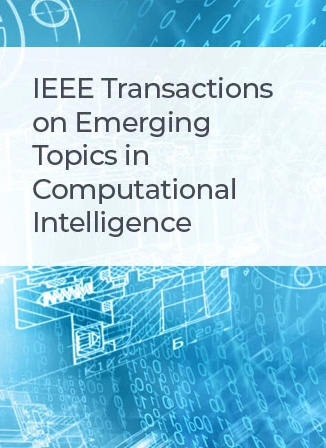ActiveSleepLearner: Less Annotation Budget for Better Large-Scale Sleep Staging
IF 5.3
3区 计算机科学
Q1 COMPUTER SCIENCE, ARTIFICIAL INTELLIGENCE
IEEE Transactions on Emerging Topics in Computational Intelligence
Pub Date : 2024-09-04
DOI:10.1109/TETCI.2024.3446389
引用次数: 0
Abstract
Sleep staging traditionally requires massive time and expertise from clinicians. Various automated sleep staging methods have been developed to streamline this task, however, they commonly need extensive labeled clinical sleep data. ActiveSleepLearner is proposed to address this challenge, a transfer learning framework that leverages active learning techniques to achieve weakly supervised sleep staging across various settings, devices, and populations. On one hand, a selection algorithm that identifies the most informative samples for manual labeling is introduced, considering factors like sample representativeness, diversity, and complexity. On the other hand, during the fine-tuning phase with limited samples, model training efficiency is improved by introducing a novel joint loss function, implementing well-designed data augmentation techniques, and adopting layer-wise and multi-step learning rate strategies. Our approach reduces the manual annotation budget required from clinicians, enabling them to label only a small portion of the sizeable unlabeled dataset while the system handles the rest. Across the four datasets evaluated, our method consistently outperforms baselines and other partial-label methods. Especially, even with 5% labels, ActiveSleepLearner reaches 97.5% of the accuracy achieved by the model explicitly trained on this dataset. More importantly, ActiveSleepLearner fosters collaboration between humans and machines, reducing the clinician's burden by requiring them to label only a part of epochs instead of all recordings.求助全文
约1分钟内获得全文
求助全文
来源期刊

IEEE Transactions on Emerging Topics in Computational Intelligence
Mathematics-Control and Optimization
CiteScore
10.30
自引率
7.50%
发文量
147
期刊介绍:
The IEEE Transactions on Emerging Topics in Computational Intelligence (TETCI) publishes original articles on emerging aspects of computational intelligence, including theory, applications, and surveys.
TETCI is an electronics only publication. TETCI publishes six issues per year.
Authors are encouraged to submit manuscripts in any emerging topic in computational intelligence, especially nature-inspired computing topics not covered by other IEEE Computational Intelligence Society journals. A few such illustrative examples are glial cell networks, computational neuroscience, Brain Computer Interface, ambient intelligence, non-fuzzy computing with words, artificial life, cultural learning, artificial endocrine networks, social reasoning, artificial hormone networks, computational intelligence for the IoT and Smart-X technologies.
 求助内容:
求助内容: 应助结果提醒方式:
应助结果提醒方式:


